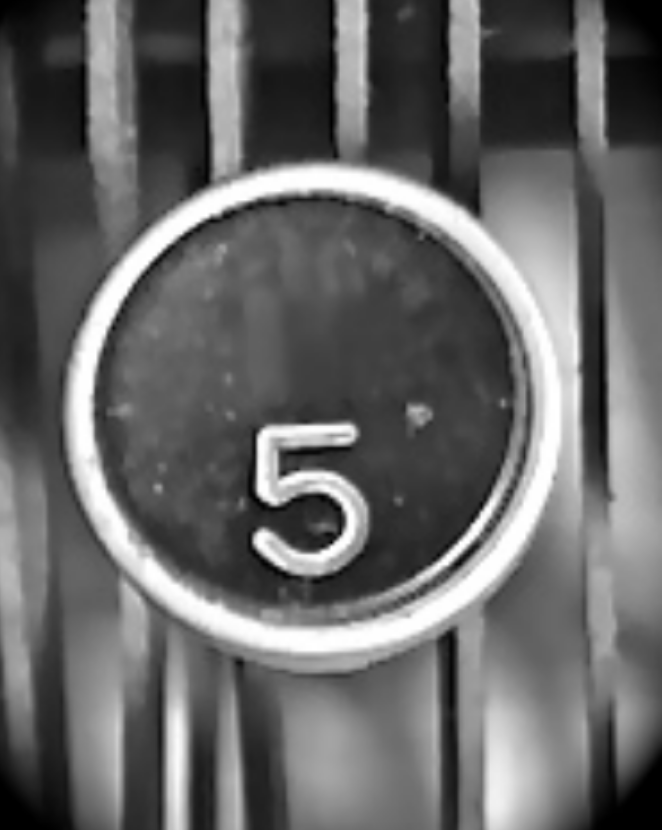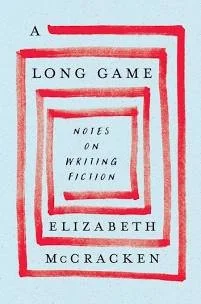5 HOT BOOKS: Paul McCartney's Lyrics, Trying to Understand Israel, and More
/1. The Lyrics: 1956 to the Present by Paul McCartney, edited by Paul Muldoon (Liveright)
This gorgeous two-volume boxed set is a peek behind the Beatles curtain and a remarkable inspiration for those who want to live creative lives. Artfully built on 50 hours of conversations between Paul McCartney and poet Paul Muldoon recorded over five years, it is a revelatory narrative of how the songs were created. Pulitzer Prize winner Muldoon, also a songwriter and rock musician, and the Beatles icon meld in photographs and mementos with recollections from McCartney’s Liverpool childhood and the making of his spirit.
2. Twelve Tribes: Promise and Peril in the New Israel by Ethan Michaeli (Custom House/Morrow)
Michaeli’s engrossing narrative of Israel today, free of Washington’s policy debates and international negotiations, is a work of history from the ground up, meant to document the country at this particular moment because, as he points out, circumstances are so fluid that “Americans debating Israel are talking very often about a country that no longer exists, proposing solutions that have long since been discarded to problems that have as likely multiplied as evaporated altogether.” Born in the U.S. to Israeli parents, fluent in Hebrew and with an affability that infuses his book, Michaeli, a Chicago-based journalist and author of a prize-winning book about the Chicago Defender, where he once worked, interviews countless Israeli citizens and refugees on long trips he took there between 2014 and 2018, training his “literary lens at street level.” These conversations with everyone from kibbutzniks, Palestinian Israelis, ultra-Orthodox Jews, intellectuals, and politicians to a scion of a Bedouin clan in the Negev, form a mosaic of paradox, which Michaeli writes is “a microcosm, a tiny domain that contains the truth of how the world really works.”
3. American Comics: A History by Jeremy Dauber (W.W. Norton)
In his robust, engaging history, Dauber covers what he describes as “the whole shebang,” with American comics as a lens though which to understand the past 150 years of a changing nation reflecting its ideals and anxieties. Columbia University professor Dauber traces the birth of the medium to German immigrant Thomas Nast, whose Civil War cartoon “Compromise with the South” galvanized Northern morale in what Dauber describes as “the visual equivalent of Uncle Tom’s Cabin,” and who went on to lampoon Tammany Hall. But Dauber also recognizes that comics can simultaneously expand horizons while being “so narrowly drawn, they threaten to block out the world as it is, or indeed should be.”
4. Dear Memory: Letters on Writing, Silence, and Grief by Victoria Chang (Milkweed Editions)
This exquisite, genre-breaking wonder of a book is a visually intriguing, epistolary collage of old photographs, handwritten slips of paper arranged to be read as poems, official documents like a marriage certificate, mementos, blazing poems and literary inquiry. Chang’s wordplay and her eye for paradox and contradiction enrich this resonant, deeply rewarding exploration of memory and identity. She writes: “The epistolary form was a way for me to speak to the dead, the not-yet-dead, the sky, the wild turkey scurrying away, its white feathers waddling deeper into the woods, into myself, into a younger self, away from myself. Toward my dead mother. Toward my history. Toward Father’s silence. Toward silence. Toward death.”
5. Admit This to No One by Leslie Pietrzyk (Unnamed Press)
“The personal is political” was a catchphrase of second-wave feminism, and in her sharp, smart collection of stories, Pietrzyk updates this notion by imagining the emotional lives of a range of contemporary young women on the edges of power, in a city that is all about influence. The opening story, “’Til Death Do Us Part,” is narrated by a 15-year-old girl off to the Kennedy Center for a monthly (“in the court papers”) meeting with her father, “a very important man in Washington, DC, always ‘running behind,’” despite those “guys with their earpieces and sunglasses” who “think they’re better than god with their glower.” There’s a disaster that spins these stories into connection, and Pietrzyk’s social and psychological insights, keen eye for detail and propulsive plot bring disparate women together revealing the power to heal, and oppress.










